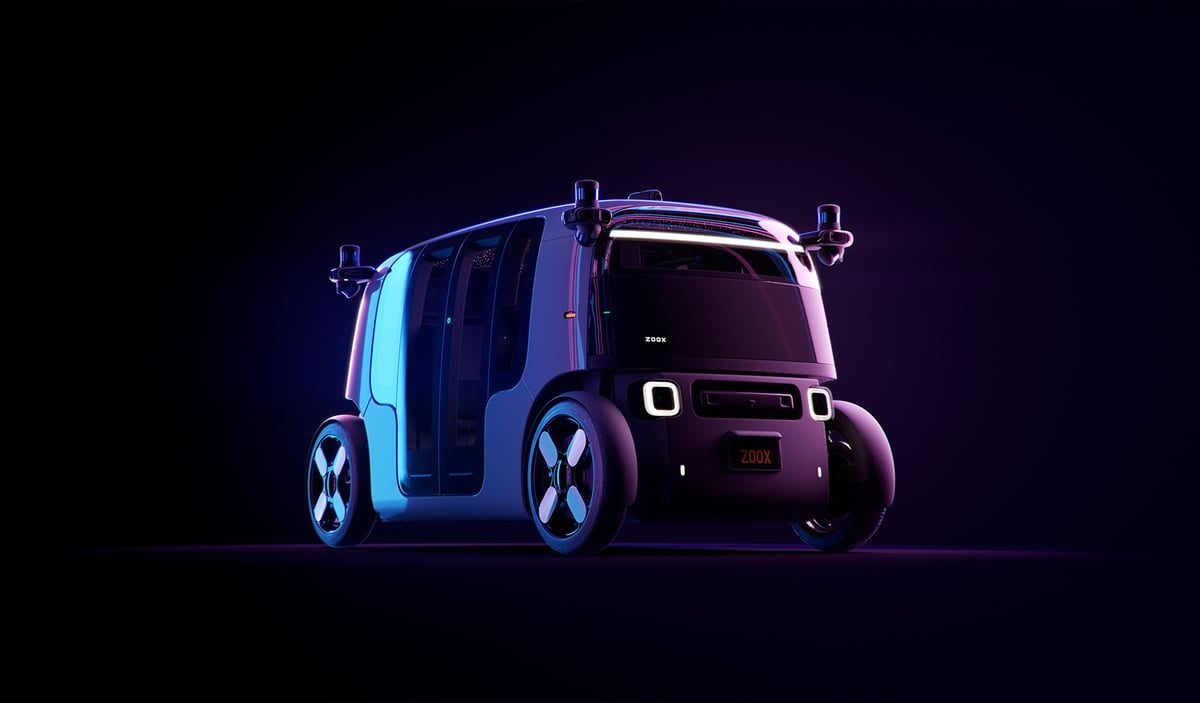Articles
April 18, 2022
How Zoox Builds Autonomous Vehicles from the Wheels Up

Zoox has created its autonomous robotaxis with the idea of taking human error out of the experience of hailing a cab.

Eric Chu

Popular
Dive in
Related
Video
The Future of AV Sensors - Enabling the Autonomous Vehicles of Tomorrow
By Austin Russell • Oct 6th, 2021 • Views 3.9K
Blog
Q&A: How Do You Train Autonomous Vehicles for the Toughest Edge Cases?
By Bob Scheier • Jun 16th, 2022 • Views 2.7K
Video
Overcoming the Most Difficult Challenges in Autonomous Vehicles
By Dragomir Anguelov • Oct 24th, 2022 • Views 3.1K
Blog
Q&A: How Do You Train Autonomous Vehicles for the Toughest Edge Cases?
By Bob Scheier • Jun 16th, 2022 • Views 2.7K
Video
Overcoming the Most Difficult Challenges in Autonomous Vehicles
By Dragomir Anguelov • Oct 24th, 2022 • Views 3.1K
Video
The Future of AV Sensors - Enabling the Autonomous Vehicles of Tomorrow
By Austin Russell • Oct 6th, 2021 • Views 3.9K

